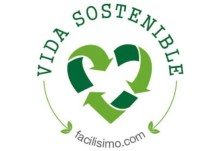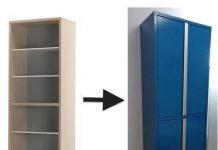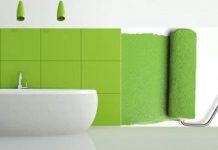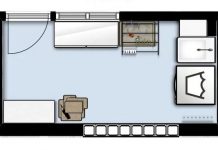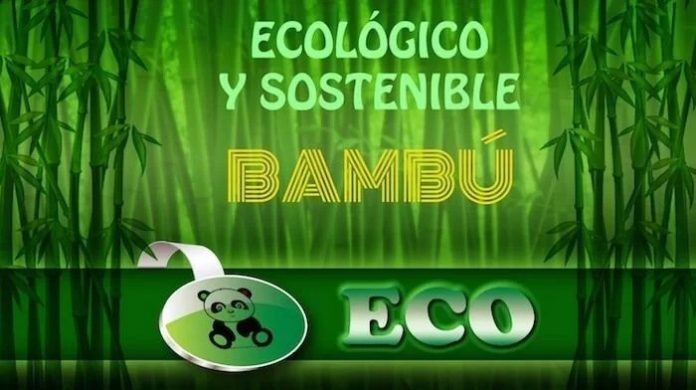
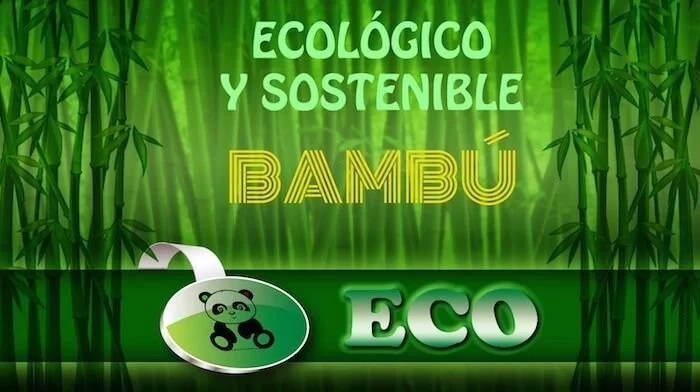
Bamboo is in fashion, it is being used more and more both in construction and in decoration and although in Europe it seems like a new material, it has an ancient tradition both in Asia and in Latin America. In addition, its properties and characteristics mean that it is considered bamboo as an ecological and sustainable resource.
Bamboo is not really a tree but a grass or plant that belongs to the Bambusoidae subfamily, which in turn is divided into herbaceous and woody. Your job as eco-friendly material has become popular in the construction, decoration and design sectors, positioning itself as a alternative to wood.
Bamboo as a sustainable resource
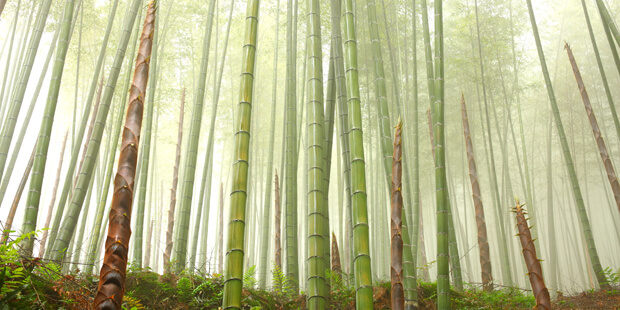
Image: Bamboo Flooring
One of the main characteristics that make the bamboo a sustainable resource is its rapid growth since it can reach its maximum length in just 3 or 4 months. Variety Phyllostachys Pubescens o Moso bamboo is the fastest growing plant on the planet, reaching a growth of one meter per day.
Thanks to this feature it is able to reforest in a short time areas affected by deforestation and soil erosion, in fact Hiroshima was reforested with bamboo after the devastation caused by the atomic bomb.
In addition, bamboo takes between 3 and 7 years to reach adult size, while other woods such as oak take 50 years to achieve it.
Bamboo as a renewable resource
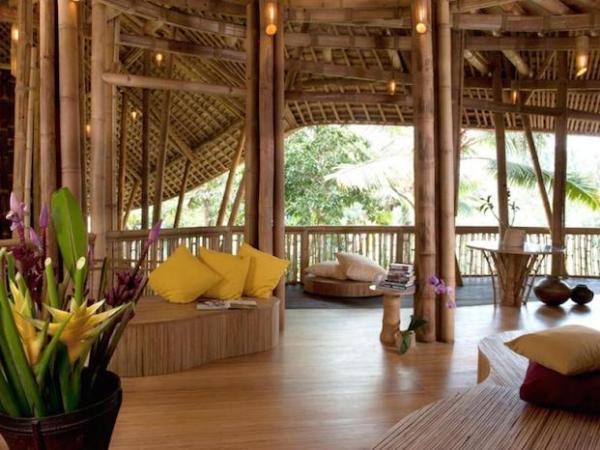
Bamboo is a renewable natural resource since it is a plant that self-multiplies vegetatively, it does not need seed to reproduce as it sprouts naturally every year.
When cutting their canes, the only thing that is done is pruning. While a tree dies when it is cut down, bamboo can continue to sprout naturally from the same strain for over a hundred years.
Bamboo as a durable resource
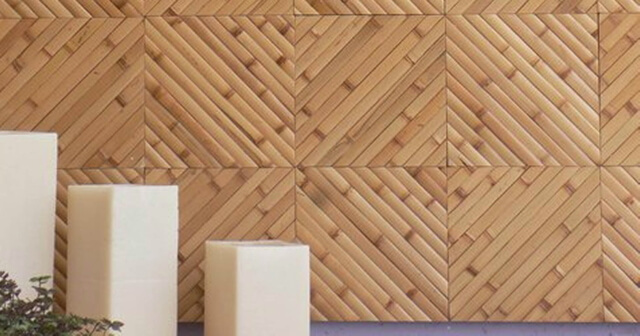
Image: Habitissimo.es
Bamboo is also known as the “vegetable steel” either “steel herb» because its physical and mechanical properties provide it with a great durability and high strength in relation to its weight.
A bamboo cane reaches its maximum hardness when it is three years old, acquiring at that moment a great resistance and flexibility that surpasses that of other materials such as iron, in fact its tensile strength compared to this material is 20% higher, being Much lighter than this.
This same resistance and flexibility makes walls built with bamboo more resistant to seismic movements than those built with other materials.
On the other hand, bamboo has antibacterial and antifungal properties that make it resistant to fungi and pests.
Bamboo as an oxygen store
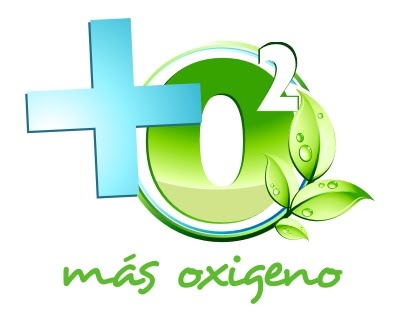
Image: Grupoelemento.com
Bamboo generates up to 35% more oxygen and absorbs much more carbon dioxide than other woody species such as pine. Taking into account that carbon dioxide is a greenhouse gas, a bamboo forest intended for commercialization has the additional advantage that it is more environmentally beneficial than a pine forest, for example.
Bamboo as a building material
The bamboo as building material It is used for flooring, laminates, ceilings, panels, walls, furniture and even scaffolding. In some cases bamboo is combined with other construction materials such as wood, clay, lime, cement or galvanized iron.
In Spain, for example, we have some examples of buildings that have used bamboo as an ecological and sustainable resource:
– The Bambú Building located in the new Ensanche de Carabanchel (Madrid) was designed by the architecture studio Foreign Office Arquitects. Its main characteristic is the bamboo enclosure that covers it, acting as an air chamber that isolates it from cold, heat and noise, with the consequent saving of electrical energy. This construction won the Royal Institute of British Architects (RIBA) award in 2008.
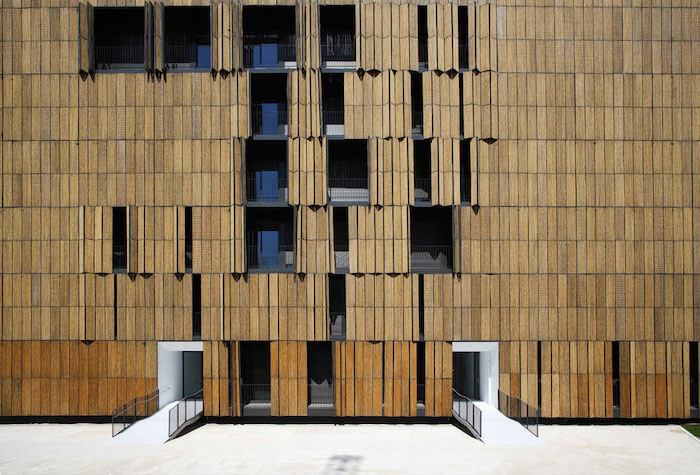
Image: Madrid.es
– On the roof of Terminal 4 of the Barajas-Adolfo Suarez airport in Madrid, 200,000 square meters of pressed bamboo sheeting have been used. In this case, the bamboo has been given a fireproof and anti-humidity treatment.
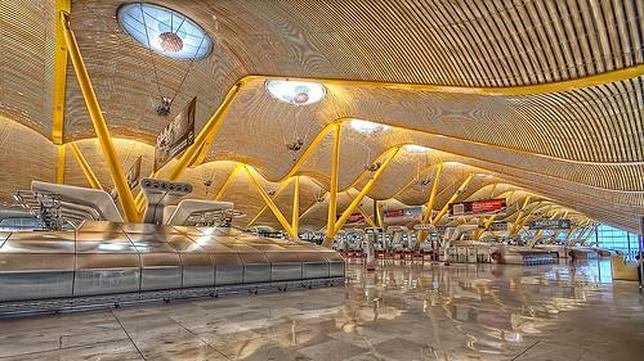
Image: Abc.es
Finally, I leave you this infographic that I have made in which the fundamental aspects of bamboo as an ecological and sustainable resource are summarized.

Did you know the possibilities of bamboo as an ecological resource? I have to admit that until now I had only taken into account its aesthetics, but the fact that it is an environmentally friendly material adds points when choosing it.
If you liked this post you can find many more ideas about DIY, decoration and crafts at
